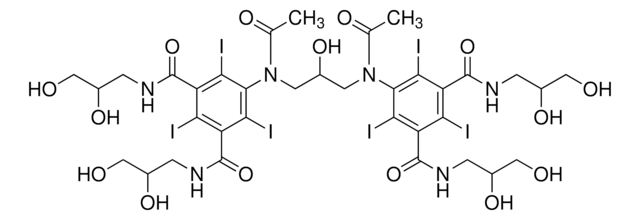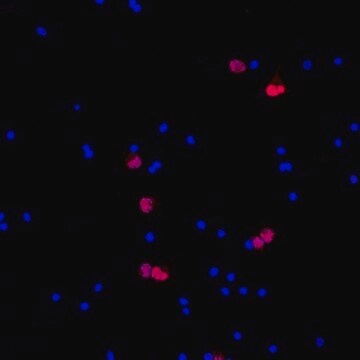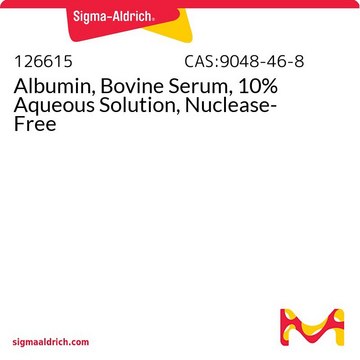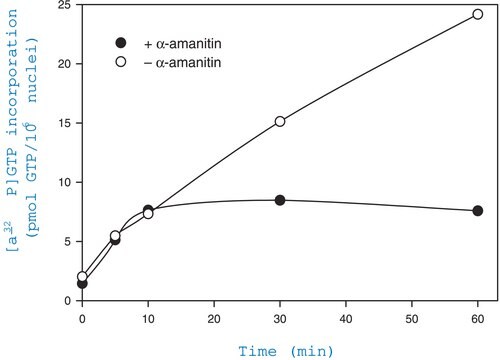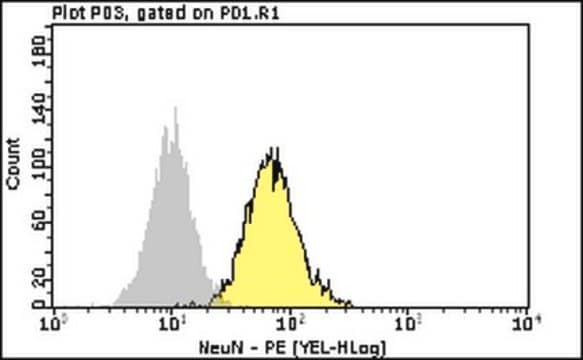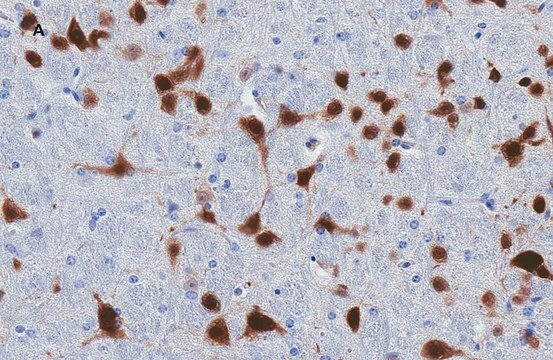07-1533
Anti-JMJD3 (NT) Antibody
from rabbit
Sinónimos:
JMJD, JmjC domain-containing protein 3, Jumonji domain-containing protein 3, Lysine demethylase 6B, jumonji domain containing 3, jumonji domain containing 3, histone lysine demethylase
About This Item
Productos recomendados
biological source
rabbit
Quality Level
antibody form
purified antibody
antibody product type
primary antibodies
clone
polyclonal
species reactivity
mouse, human
technique(s)
ELISA: suitable
immunocytochemistry: suitable
immunohistochemistry: suitable
western blot: suitable
NCBI accession no.
UniProt accession no.
shipped in
wet ice
target post-translational modification
unmodified
Gene Information
human ... KDM6B(23135)
General description
Specificity
Immunogen
Application
This antibody is reported by an
outside laboratory to be suitable for ELISA.
Immunohistochemistry:
This antibody is reported by an outside laboratory to be suitable for immuno-histochemistry.
Immunocytochemistry Analysis:
Confocal immunofluorescence analysis of HeLa and NIH/3T3 using 1:100 dilution of anti-JMJD3 (N-Terminus) (Red). Actin filaments have been labeled with Alexa Fluor 488 -Phalloidin (Green).
Western Blot Analysis:
The antibody recognizes JMJD3 in HeLa cell lysates.
Epigenetics & Nuclear Function
Histone Modifying Proteins
Chromatin Biology
Quality
Recognizes JMJD3 in HeLa, NIH 3T3, and A431 cells by cytochemistry (1:50 – 1:100 dilution).
Target description
Physical form
Storage and Stability
Handling Recommendations: Upon receipt, and prior to removing the cap, centrifuge the vial to pellet the solution. Avoid repeated freeze/thaw cycles, which may damage IgG and affect product performance.
Analysis Note
HeLa cells
Other Notes
Disclaimer
¿No encuentra el producto adecuado?
Pruebe nuestro Herramienta de selección de productos.
Storage Class
10 - Combustible liquids
wgk_germany
WGK 2
flash_point_f
Not applicable
flash_point_c
Not applicable
Certificados de análisis (COA)
Busque Certificados de análisis (COA) introduciendo el número de lote del producto. Los números de lote se encuentran en la etiqueta del producto después de las palabras «Lot» o «Batch»
¿Ya tiene este producto?
Encuentre la documentación para los productos que ha comprado recientemente en la Biblioteca de documentos.
Nuestro equipo de científicos tiene experiencia en todas las áreas de investigación: Ciencias de la vida, Ciencia de los materiales, Síntesis química, Cromatografía, Analítica y muchas otras.
Póngase en contacto con el Servicio técnico